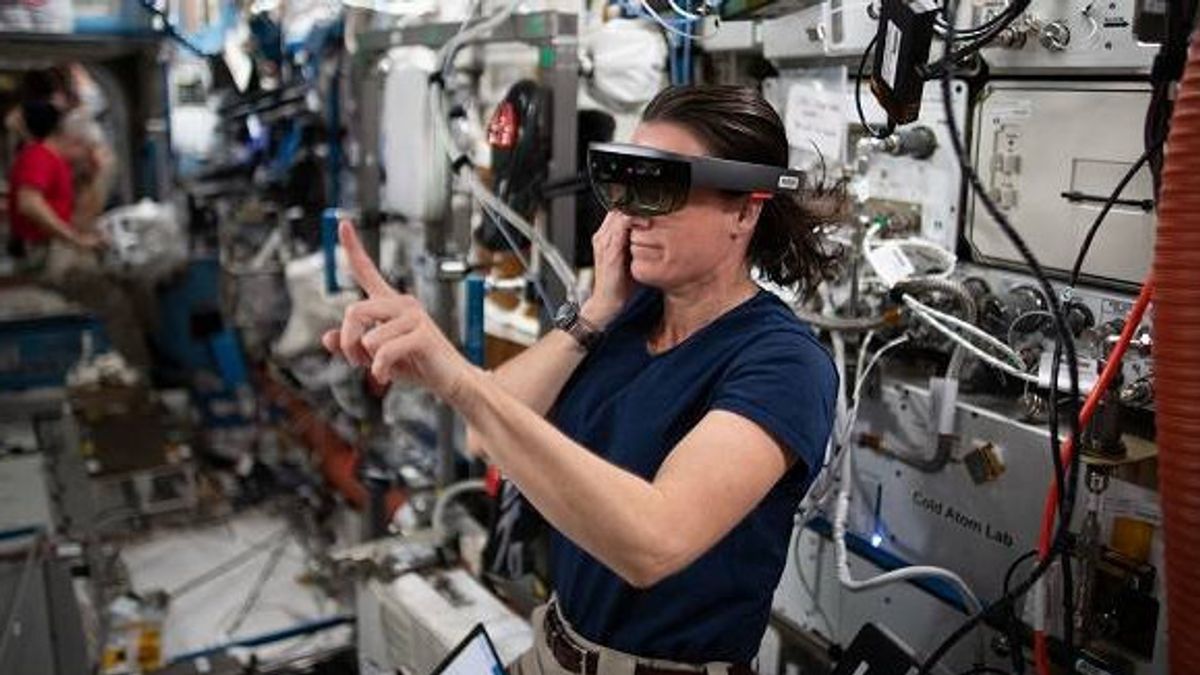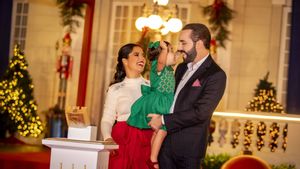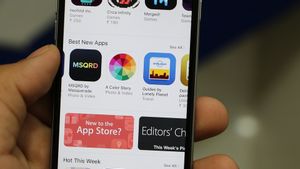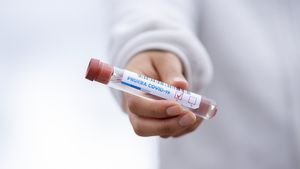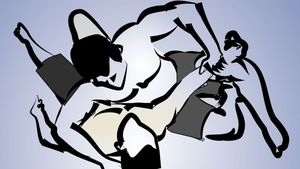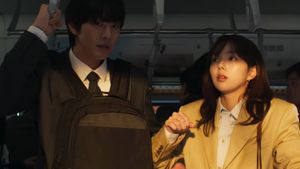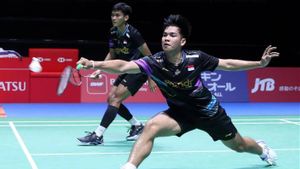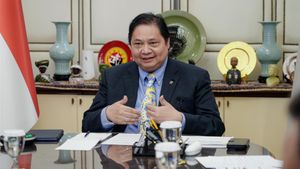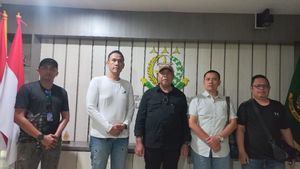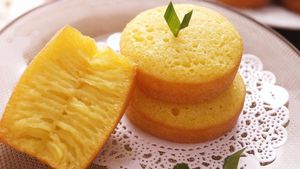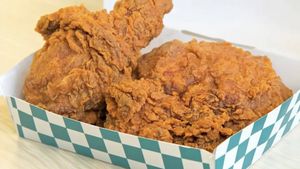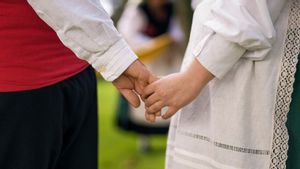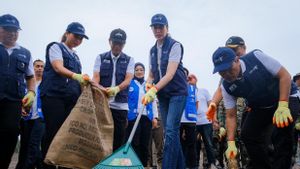JAKARTA - Throughout 2021, astronauts on the International Space Station (ISS) will experience many challenges related to their lives and missions there.
But despite all the challenges, the astronauts managed to complete some of their missions, such as growing and caring for vegetable crops on the ISS, and others.
To see how much fun they have, towards the end of this year, NASA has shared some of the best images from the ISS. These images show the research and other work that is being done there.
Curious? Check out the photos below, which are quoted from NASA's official website, Tuesday, December 28.
1. Some of the most striking photos are of astronauts growing and tending vegetable crops, using two main pieces of equipment. Veggie Experiments mainly grows leafy vegetables like pak choi. It is clearly seen in the photo of NASA astronaut Michael Hopkins taking a photo with Pak Choi's Extra Dwarf plant.

2. Another piece of equipment used on the ISS to grow food is the Advanced Plant Habitat, where astronauts planted chili peppers for the first time this year.
The impressive feat is the longest plant experiment on the ISS so far, lasting a total of 137 days. Chili peppers and the habitat they grow in can be seen in the image below, which was photographed with NASA astronaut Kayla Barron.

3. This one image is a process of exchanging cell culture media in space, containing engineered heart tissue as part of the Cardinal Heart experiment at the ISS.
This experiment analyzed how changes in gravity affect cardiovascular cells at the cellular and tissue levels. The results could provide new understanding of heart disease on Earth, help identify new treatments, and support the development of screening measures to predict cardiovascular risk before spaceflight.

4. A close-up view of this one is a red liquid moving through Plant Water Management 3 and 4 probes above the station. These experiments demonstrate passive measures to control the delivery and absorption of fluids in plant growth systems.
This is because reduced gravity creates challenges in providing adequate fluids and nutrients for plant growth. This investigation uses other physical properties to replace the role of gravity.

5. Astronaut Megan McArthur takes out the Kidney Cells-02 hardware inside the Space Automated Bioproduct Laboratory and swaps the media inside the MSG.
He conducted experiments using a 3D model of kidney cells known as tissue chips to study the effect of microgravity on the formation of microcrystals in the kidney tubules. The results could support better treatments for kidney stone disease and bone loss in astronauts and osteoporosis for people on Earth.

6. Still with the same astronaut McArthur, now he is trying to use a special HoloLens headset to test the use of augmented reality (AR) on the space station.
NASA's Cold Atom Lab (CAL) is the first quantum science laboratory in Earth orbit, conducting experiments exploring the behavior and fundamental properties of atoms. The size of a mini fridge, it's designed to allow for in-flight hardware upgrades. In July, the CAL team successfully demonstrated the use of AR headsets to assist astronauts in upgrade activities.

Image Credit: Doc. NASA
The English, Chinese, Japanese, Arabic, and French versions are automatically generated by the AI. So there may still be inaccuracies in translating, please always see Indonesian as our main language.
(system supported by DigitalSiber.id)
